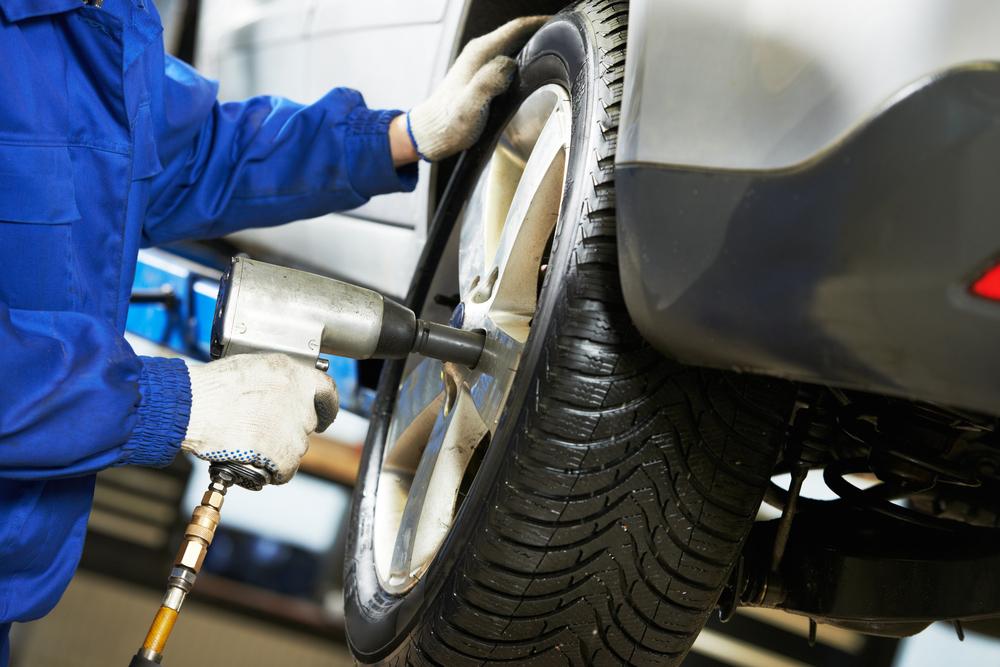
Tyres are probably one of the most vulnerable moving components because they directly contact the road's irregularities. Therefore, it is crucial to judge a tyre's situation and make a replacement decision in time not to compromise the vehicle’s safety and performance. If you continue to drive-on with damaged tyres, vehicle stability and driving comfort will be hampered, and handling will become difficult.
You do not need an expert to figure out if you are ready for a tyre replacement. There are several self-assessment tests that you can perform on your tyres to assess their condition properly and make an informed decision. Here is an article on how to know if it's time for tyre replacement.
Damaged Treads
The unique patterns in the form of grooves and ridges carved on the tyre's outer wall are known as treads. Treads are responsible for maintaining vehicle stability when speeding on slippery surfaces. According to European Safety Standards id 1.6mm, the minimum permissible tread depth is crucial to ensure this depth to pass the MOT test.
For this reason, take a penny and put it on any of the ridges; if half of the penny is visible, you have damaged treads, and you need replacement. However, modern-day Tyres Newcastle has bars painted on the treads' inner wall to act as an indicator of tread depth. When the tyres are new, these bars are not visible, but you must go for the replacement if more than one bar starts to appear.
Receding Air Pressure
When the tyres have completed their age or are worn-out beyond repair, their outer wall weakens, and the air inside them starts to slip out. Therefore, maintaining the recommended air pressure becomes difficult, and the tyres become prone to slow punctures. Weak outer walls also mean that when the pressure is high, then the tyre may burst, thereby posing a great safety threat on the passengers.
To assess the condition of slow punctures, screw in a pressure gauge on the tyre's valve and note the readings at regular intervals. If the readings seem to be declining gradually, you need to replace your tyres.
Another way to tell if you have slow punctures is if your tyres go flat when exposed to heat. Usually, when the tyre is exposed to high temperatures, the air within starts to expand, and the outer wall becomes incapable of holding it in, and the tyres become flat.
Tyre Has Aged
The average of a good quality tyre is ten years from the date of manufacturing. European Safety Standards dictate that Car Tyres Newcastle must be replaced every ten years irrespective of their condition because once the tyre has completed its age, the rubber quality declines and raises a great safety concern.
To know your tyre's age, look for a certain four-digit code printed on the sidewalls. The first two digits of the code represent the month, and the last two digits denote the year of manufacturing.
Damaged Sidewalls
The sidewalls are usually built from advanced hybrid polymers to ensure maximum safety and resistance against extreme pressure. However, when the tyres get old, the sidewalls become weak and the ability of the tyre to withstand high-pressure declines.
To assess your sidewalls' condition, take a close look at them. If you spot too many cracks and bulges on the outer wall, you must replace your tyres. Cracks are caused when the vehicle is driven on poor roads at high speeds, and these cracks weaken the outer wall and cause slow punctures.
Also read about:
Adventurous Things to do in Dubai this Weekend
What is the role of Mathematics in our Life
Attractive Custom Printed Cosmetic Packaging Boxes








